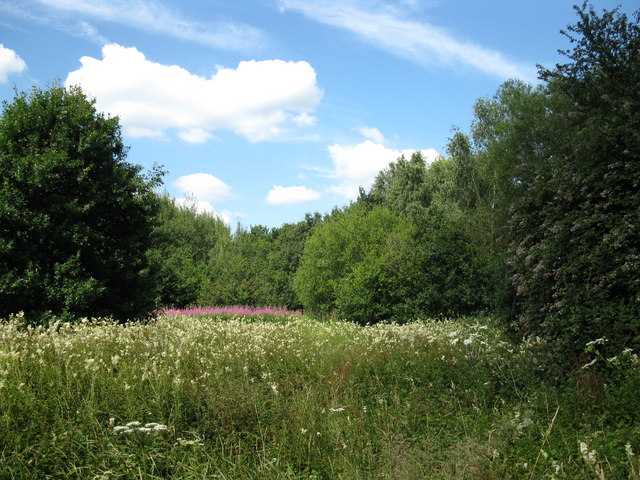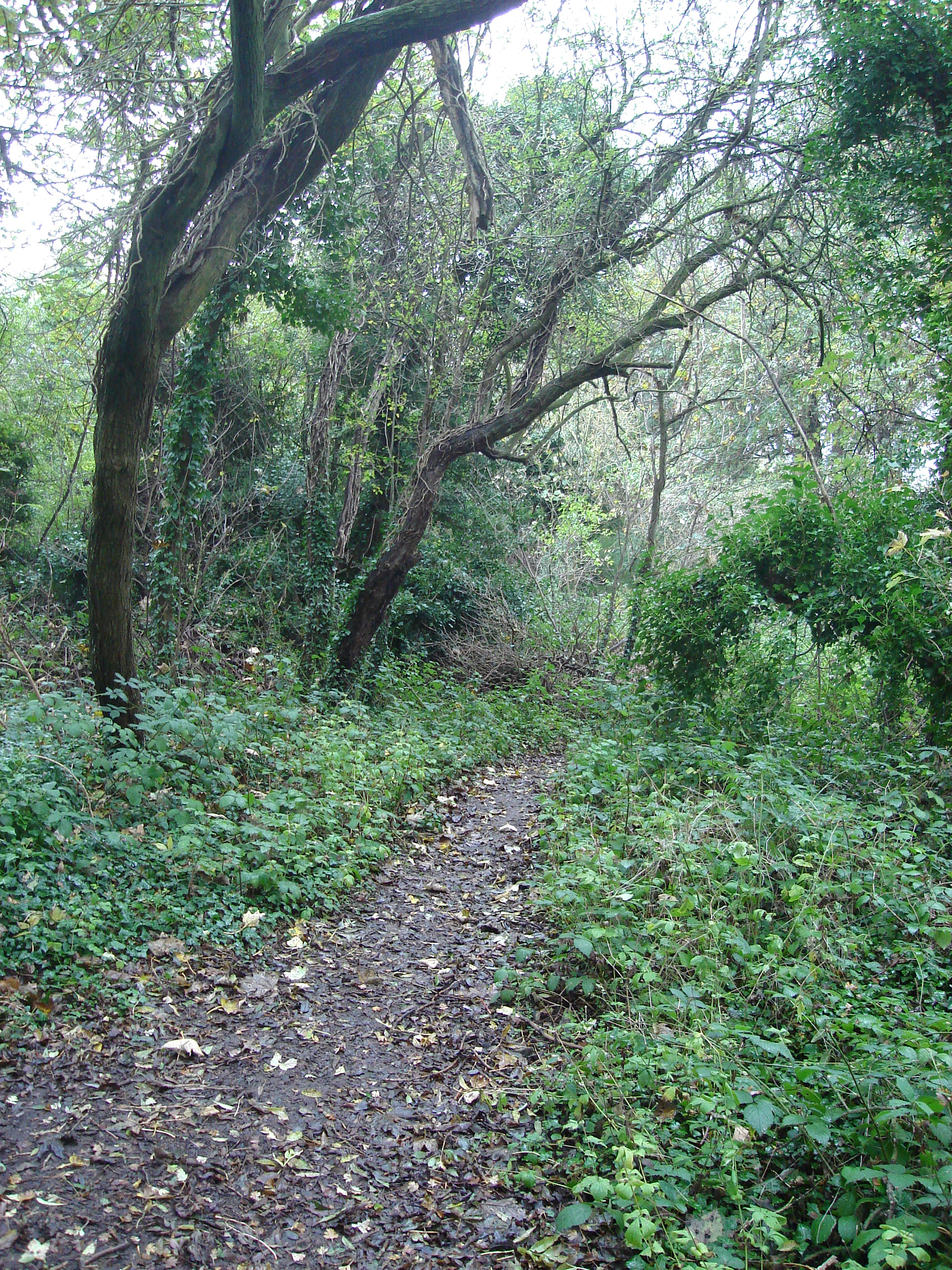Over the past year the SNCV have been actively involved in managing one of Sutton Council’s most recently acquired sites, Queen Mary’s Woodland. Earlier this year volunteers embarked on an epic task to remove large swathes of cherry laurel that had spread throughout the woodland. Cherry laurel (Prunus laurocerasus) is an invasive evergreen shrub that grows rapidly, forming dense thickets that stop native species from growing beneath. Since this work earlier in the year, the SNCV have been back to Queen Mary’s Woodland to remove other problematic species such as Holly (Ilex aquifolium) and Bamboo (Bambuseae), a garden escapee. Removing these invasive species is a good first step to managing the woodland, and the extra light that is reaching the woodland floor will hopefully encourage a greater diversity of native plants to establish.
Volunteers managed to remove an impressive amount of cherry laurel and holly from a particularly dense stretch of the woodland, which bordered a large woodland glade. Glades are openings in woodland, usually grassy meadows with no trees, that provide large open habitats and are particularly beneficial to insects, as they tend to be warmer than the surrounding closed canopy woodland. Insects, such as butterflies, can use these open glades to forage for nectar and bask in the sunlight. And so by removing the dense swathes of cherry laurel and holly, volunteers have helped to stop these invasive plants encroaching on a valuable habitat for wildlife.

Woodland glade © Copyright don cload
One of the next steps that the SNCV are planning to undertake is removing several small patches of sycamore (Acer pseudoplatanus). Sycamore is a deciduous tree that has become a naturalised species in the UK, and is found in a wide variety of habitats including woodland, and disturbed and urban sites. It can become a bit of a nuisance in woodland, however, because it is a very fast-growing, shade-tolerant tree, with large leaves that can shade out other tree and shrub species around it. If woodland conditions are favourable it can quickly become locally dominant and prevent other trees from establishing nearby. The SNCV will aim to remove patches of Sycamore where it has become overgrown, particularly along the woodland path, where opening up the canopy will help to encourage less shade-tolerant woodland species such as early dog-violet (Viola reichenbachiana) to grow.
Watch this space for more information on what the Biodiversity Team and SNCV will be up to at Queen Mary’s Woodland over the next few months!
Eleanor Kirby-Green
SNCV Biodiversity Assistant








2 Pingbacks